Exploring Rainforest Plants: A Guide for Nature Lovers
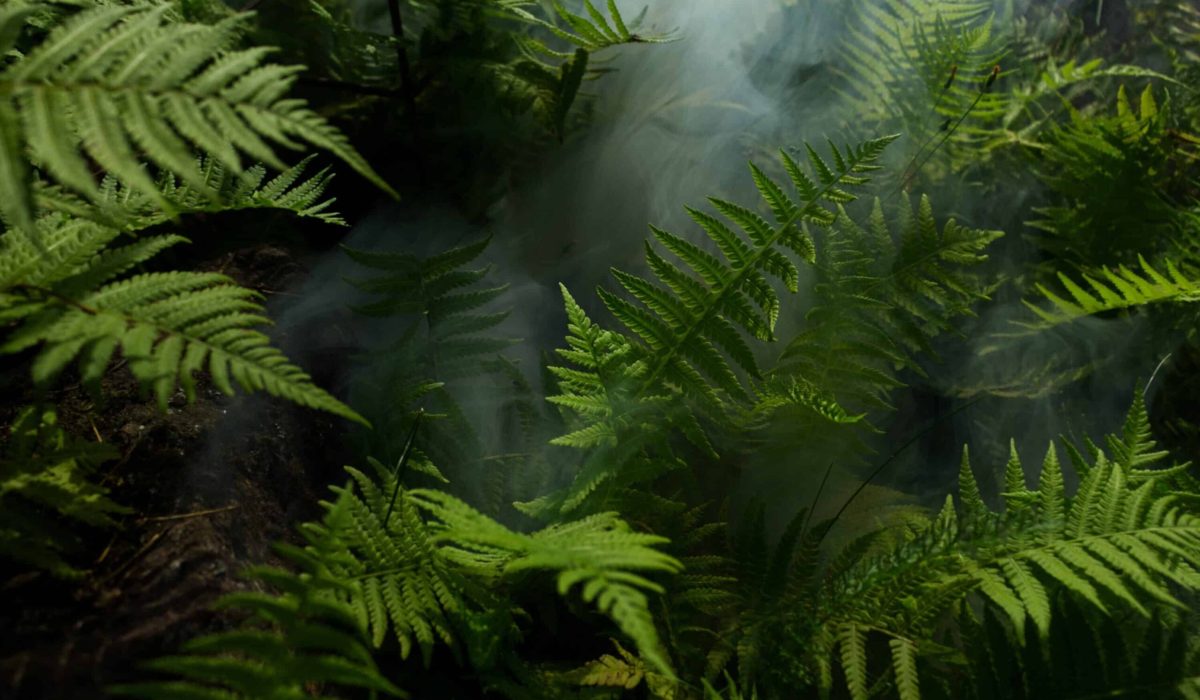
Delving into the heart of the world’s rainforests reveals a verdant tapestry of biodiversity, where rainforest plants thrive in harmony. These ecosystems play host to a myriad of flora that fascinate with their unique adaptations and stunning beauty. Whether you’re a seasoned horticulturist or a curious retiree with a passion for nature, this guide invites you to embark on a journey through the lush, green corridors of the Earth’s lungs.
As you ease into retirement, it’s the perfect time to explore new hobbies. Gardening enthusiasts and nature admirers alike will find the intricate world of rainforest plants both enchanting and educational. Let’s unravel the secrets of these magnificent plant species, learn about their role in ecology, and how their very existence impacts the world at large – and perhaps, even your own backyard. Join us as we discover the wonders of these ecological treasures, from towering canopy dwellers to the vibrant understorey blooms that paint the forest floor.
CONTENT
The Lush Life of Rainforests
Rainforests are known for their lush and vibrant plant life, often forming dense canopies that blanket the landscape with a kaleidoscope of green hues. The varied ecosystems of the rainforest sustain an incredible diversity of plant species, each playing a vital role in the complex web of life. From towering emergent trees that pierce the forest’s upper limit to the intricate layers of the forest floor, every part of the rainforest is teeming with botanical wonders.
As we venture deeper into the heart of the rainforest, the diversity of flora becomes increasingly evident. Epiphytes, such as orchids and bromeliads, find footholds on tree branches, while enormous ferns and palms populate the understory. Vines, like the iconic lianas, weave and climb through the dense vegetation, creating an otherworldly atmosphere that captivates the senses. The sheer abundance and variety of plant life in the rainforest are a testament to the adaptability of nature and the intriguing strategies that have evolved over millennia.
The interconnectedness of rainforest plants is further emphasized by their roles in sustenance, medicine, and climate regulation. Countless plants in the rainforest have served as sources of food and medicine for indigenous communities for centuries, offering valuable resources and knowledge that enrich human understanding of the natural world. Moreover, the rich vegetation of the rainforest plays a crucial role in global carbon sequestration, influencing climate patterns and weather systems on a global scale. The lush life of rainforests not only embodies the beauty of nature but also serves as a reminder of the delicate balance that sustains life on Earth.
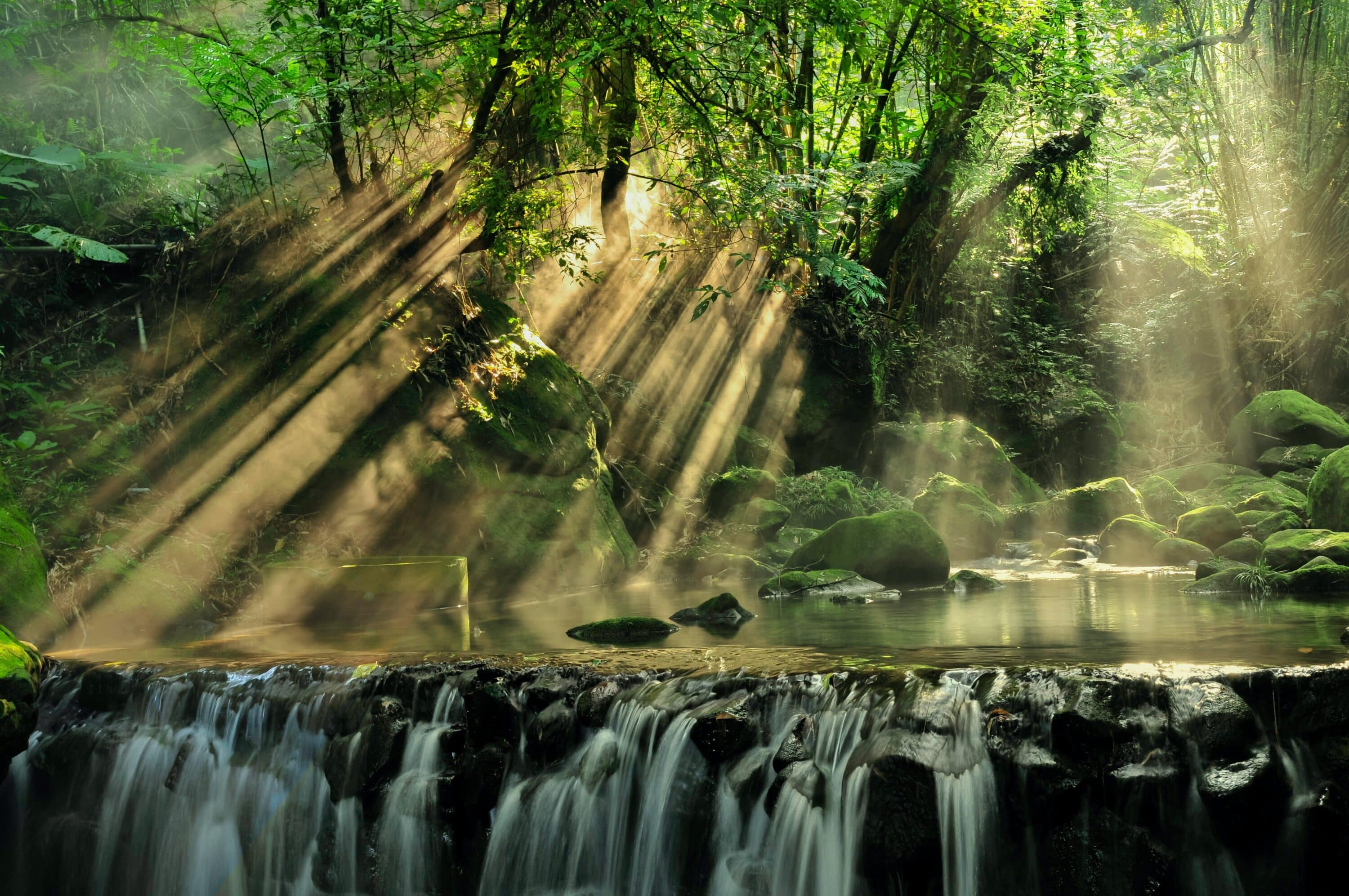
Diversity Among the Green: Rainforest Flora
The rainforest is a treasure trove of botanical diversity, boasting an astonishing array of flora that includes towering trees, delicate ferns, vibrant flowers, and intriguing epiphytes. With an estimated 80% of the world’s plant and animal species found in rainforests, these ecosystems are a hotbed of biological richness, making them a source of fascination for botanists and nature enthusiasts alike.
The sheer scale of plant diversity in rainforests is awe-inspiring. From the towering giants of the emergent layer to the intricate mosaic of ferns and understory plants, each layer of the rainforest harbours unique and specialized plant species. Epiphytes, plants that grow on other plants without being parasitic, are a prime example of this diversity, with stunning orchids, bromeliads, and ferns adorning the branches of host trees, creating a mesmerizing microcosm high above the forest floor.
Moreover, the species richness of rainforest flora extends beyond what meets the eye. Beneath the soil, an intricate network of roots, mycorrhizal fungi, and microorganisms collaborate to support the growth and vitality of the forest. This unseen realm contributes to the overall resilience and longevity of rainforest ecosystems, highlighting the complexity of plant life in these verdant realms. As retirees and nature enthusiasts, exploring the diversity of rainforest flora offers a window into the remarkable adaptability and coexistence of plant species, inspiring a deeper appreciation for the intricacies of the natural world.
A Canopy of Wonders: Tall Trees and Vines
Within the enchanting realm of rainforests, the canopy stands as a majestic testament to the grandeur of nature. Towering trees stretch towards the sky, competing for precious sunlight and creating a soaring ecosystem above the forest floor. These colossal beings form the uppermost layer of the rainforest, providing a habitat for an extraordinary array of wildlife and plant species that thrive in this elevated realm.
The complex architecture of the canopy, formed by the interweaving branches and foliage of towering trees, supports an astonishing variety of life. Epiphytic plants, such as orchids and bromeliads, find their anchor in the treetops, adorning the branches and creating a mesmerizing tapestry of floral beauty. Vines, including the iconic lianas, snake their way upwards, utilizing the structural support of the canopy to reach the life-giving sunshine that filters through the dense foliage. This intricate dance of life in the canopy exemplifies the interconnectedness and resourcefulness of rainforest flora, captivating the imagination of nature lovers and retirees seeking to immerse themselves in the wonders of these ecosystems.
The canopy not only serves as a habitat for diverse plant life but also as a haven for an assortment of animals, including birds, insects, and mammals. From colorful birds flitting among the branches to elusive primates leaping from tree to tree, the canopy teems with activity, offering a sprawling stage for the drama of life to unfold. As we peer into this empyreal realm, we glimpse a world of natural wonder, where the dance of light and shadow, the symphony of sounds, and the harmony of life create a tapestry of enchantment that inspires awe and admiration for the rainforest’s canopy of wonders.
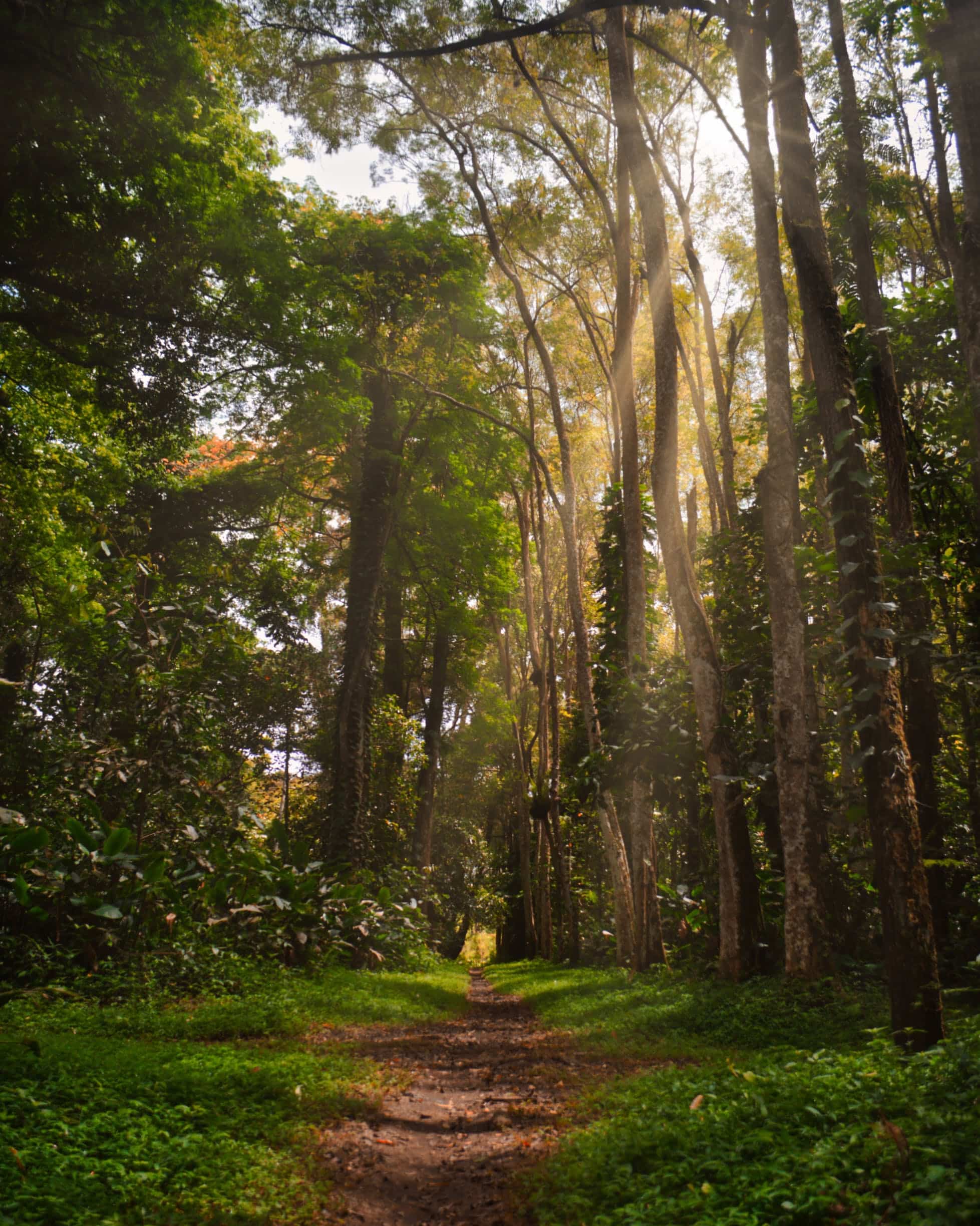
Nature’s Pharmacy: Medicinal Rainforest Plants
Rainforests are veritable storehouses of valuable medicinal plants, harbouring a rich pharmacopoeia that has been utilized for centuries by indigenous communities and modern medicine alike. The healing properties of rainforest plants range from providing treatments for common ailments to offering potential cures for more complex health conditions. This deep well of botanical remedies presents an intriguing subject of study for retirees and nature lovers seeking to understand the therapeutic potential of the natural world.
From the vibrant blooms of the tropical rainforest emerge a multitude of plant species that possess remarkable medicinal properties. Traditional healers have harnessed the knowledge of these plants for generations, using them to address a wide range of health concerns. Many well-known pharmaceutical drugs, such as quinine and aspirin, have been derived from rainforest plants, showcasing the substantial impact that these botanical resources have had on modern medicine. As we delve into the world of medicinal rainforest plants, we encounter a wealth of knowledge and potential, offering insight into the profound connections between human health and the biodiversity of the natural world.
Moreover, the study of medicinal rainforest plants presents an opportunity to explore the cultural heritage and traditional knowledge of indigenous communities. These communities have honed their understanding of the medicinal properties of rainforest plants through centuries of observation and experimentation, passing down this invaluable wisdom from one generation to the next. As we peer into the intricate world of medicinal flora, we gain not only a glimpse into the potential treatments for human ailments but also a deeper appreciation for the holistic relationship between humans and the natural world.
The Understorey: Where Light Meets Dark
The understorey of the rainforest represents a realm where contrasting forces converge, creating a dynamic environment that is both sublime and intricate. This layer, situated beneath the towering canopy but above the forest floor, presents a fascinating interplay of light, shade, and life. The plants that thrive in this unique microcosm have evolved a remarkable set of adaptations to thrive in the dappled light and limited space, showcasing the resilience and ingenuity of rainforest flora.
One of the defining features of the understorey is the fluctuations in light and shadow caused by the canopy above. The filtering effect of the canopy creates a patchwork of light, providing the understorey with a shifting mosaic of illuminated patches and shaded areas. This complex light regime has led to the evolution of shade-tolerant plants, including a diverse array of ferns, orchids, and understory trees, each having developed specialized strategies to capture and utilize the available light for photosynthesis and growth.
The understorey is also a haven for fascinating plant-animal interactions, with various species of insects, birds, and small mammals relying on the understorey flora for food, shelter, and nesting sites. Many plants in the understorey have evolved intricate relationships with these animals, offering nectar, fruits, or protective cover in exchange for pollination, seed dispersal, or defense against herbivores. This complex web of ecological interactions highlights the interconnectedness of life in the rainforest, weaving a captivating tapestry of dependence and coexistence. As retirees and nature enthusiasts, an exploration of the understorey unveils the hidden realm of botanical wonders and ecological relationships, inspiring a deeper appreciation for the delicate balance of life within the rainforest.
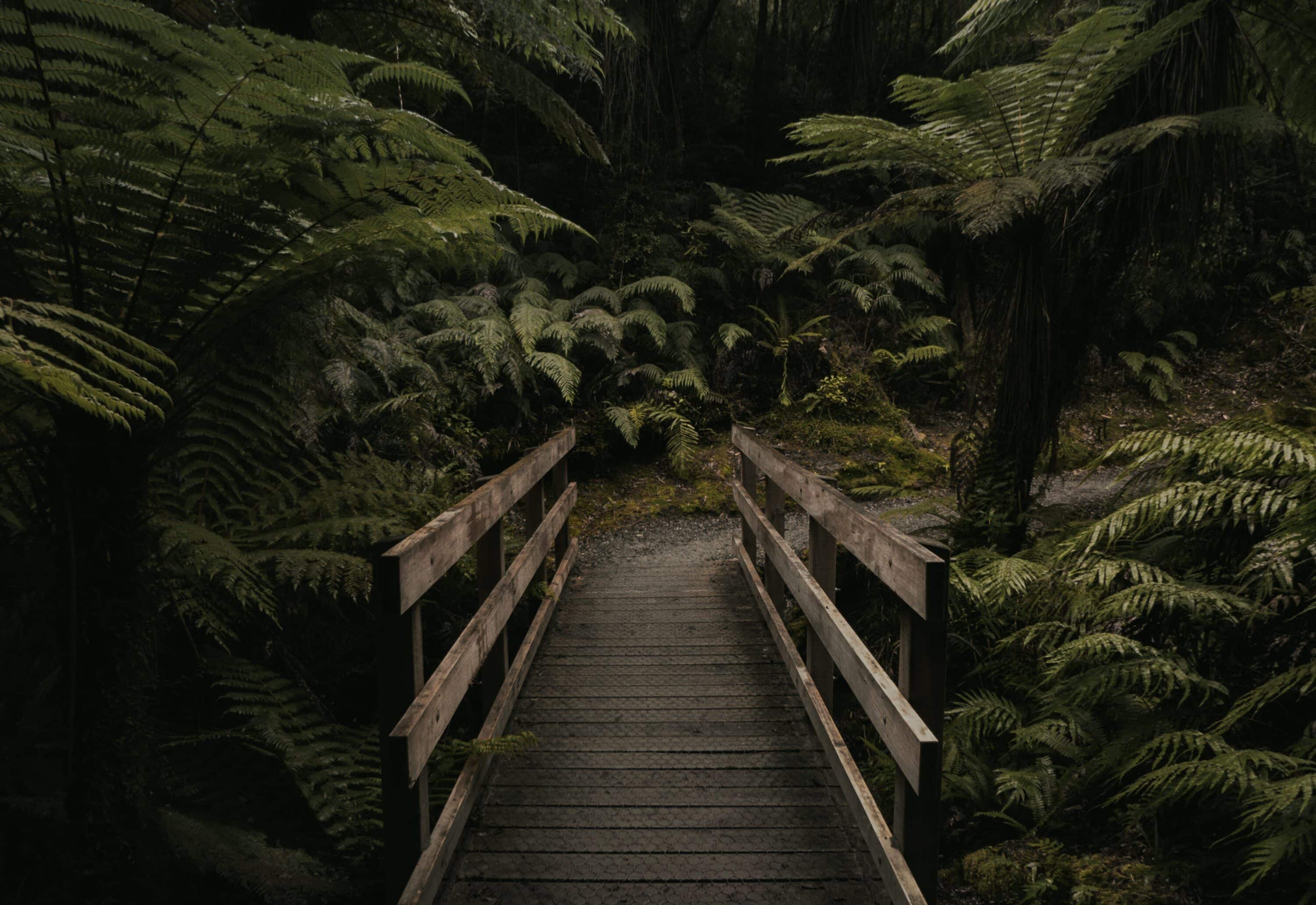
Blooming Marvels: Rainforest Flowers
The rainforest is a visual symphony of color and form, with its floor and canopy adorned with an extraordinary variety of vibrant and intricate flowers. These blooming marvels, ranging from delicate orchids to flamboyant hibiscus blooms, are a testament to the kaleidoscopic diversity of rainforest flora. Their captivating beauty and unique adaptations make them a captivating subject of exploration for retirees and nature enthusiasts seeking to immerse themselves in the botanical wonders of the natural world.
The diversity of rainforest flowers is matched only by the remarkable strategies they employ to attract pollinators and ensure their reproductive success. Brilliant colors, exotic shapes, and enticing fragrances are just a few of the tools deployed by rainforest flowers to captivate the attention of potential pollinators, including bees, butterflies, birds, and bats. The intricate dance between flowers and pollinators, honed over eons of evolutionary time, gives rise to a breathtaking display of floral diversity and ecological interdependence, offering a window into the wonders of natural selection and adaptation in the rainforest.
Moreover, the study of rainforest flowers presents a fascinating journey into the ecological roles and cultural significance of these blooms. Many rainforest flowers play vital roles in their ecosystems, offering nectar and pollen to animals, while others form the basis of traditional medicines and cultural practices of indigenous communities. The ethereal beauty and ecological importance of rainforest flowers awaken a sense of wonder and appreciation for the interconnectedness of life, inspiring a deeper understanding of the delicate balance that sustains the rainforest ecosystem.
Ferns and Mosses: The Humble Heroes
Among the enchanting green tapestry of the rainforest, ferns and mosses emerge as the unsung heroes, contributing to the incredible biodiversity and ecological stability of these ecosystems. These non-flowering plants play a crucial role in maintaining the moisture, structure, and nutrient cycling of the rainforest, embodying the humble yet indispensable nature of underappreciated organisms. As we delve into the world of ferns and mosses, we discover the remarkable adaptations and contributions that these botanical marvels make to the complex web of life in the rainforest.
Ferns, with their striking fronds and varied forms, are a dominant presence in the understorey of the rainforest, filling the forest floor with a lush green carpet. Their reliance on spores for reproduction, rather than seeds, sets them apart in the plant kingdom, showcasing a unique reproductive strategy that has allowed ferns to thrive for millions of years. Similarly, mosses, with their delicate and intricate structures, form a crucial part of the rainforest ecosystem, playing a vital role in moisture retention, soil formation, and as habitats for small invertebrates. These unassuming plants are a testament to the resilience and adaptability of life in the rainforest, showcasing the strength and beauty of diversity in these verdant realms.
In addition to their ecological contributions, the study of ferns and mosses offers a glimpse into the intricate and interconnected nature of the rainforest ecosystem. These humble heroes are integral to nutrient cycling, soil stabilization, and the provision of habitat for a myriad of other organisms, reinforcing their role as foundational species in the rainforest web of life. By appreciating the vital contributions of ferns and mosses, retirees and nature enthusiasts gain a deeper understanding of the intricate balance and interdependence that sustains the rainforest, inspiring a greater admiration for the often overlooked champions of these lush ecosystems.
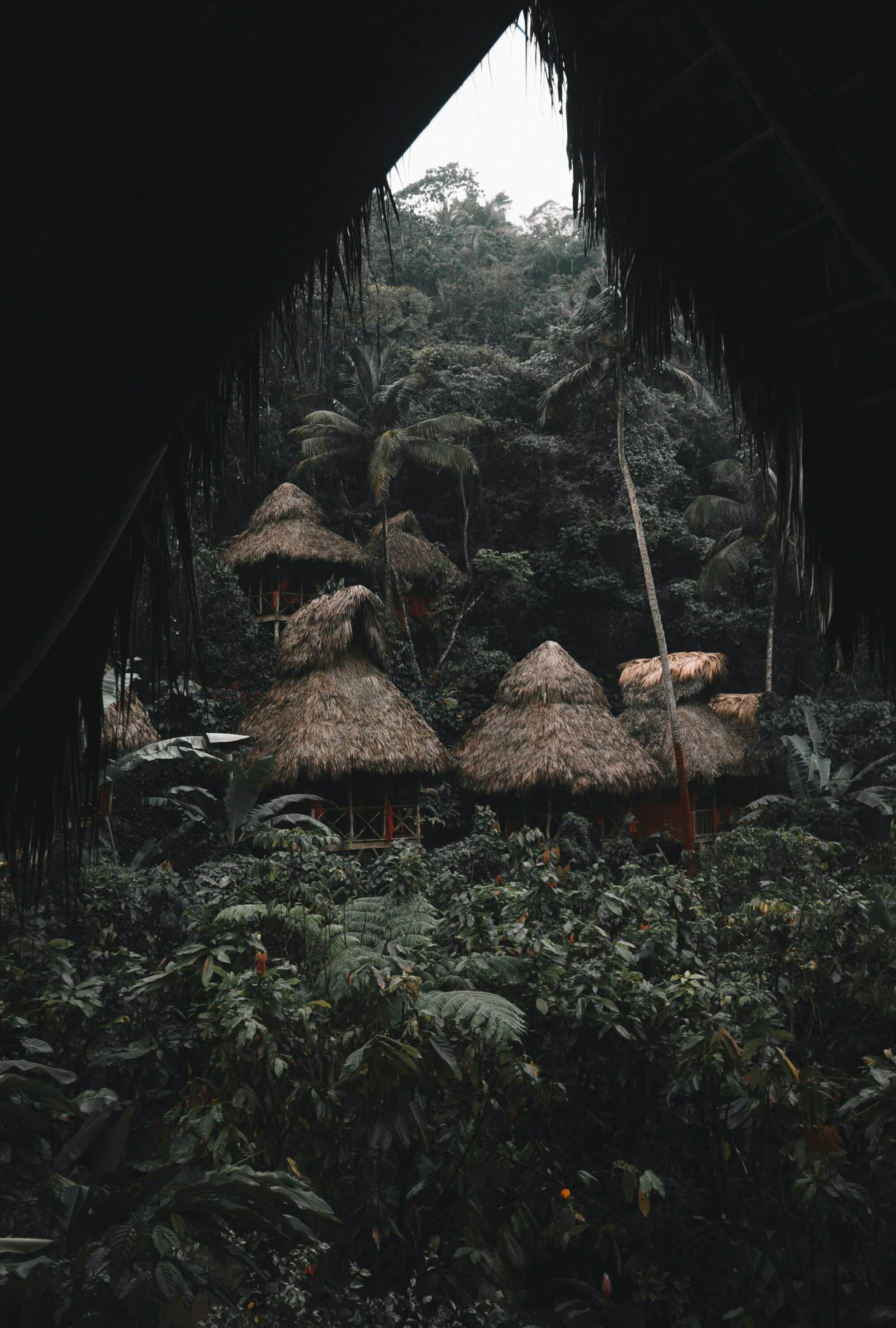
Fruitful Bounty: Trees That Feed the Forest
The rainforest is a bountiful pantry filled with an astonishing variety of fruit-bearing trees that play a crucial role in shaping the dynamics of the ecosystem. These botanical providers not only nourish the wildlife that call the rainforest home but also contribute to the intricate web of ecological relationships that sustain the complex biodiversity of these verdant realms. By exploring the fruitful bounty of rainforest trees, retirees and nature enthusiasts gain insight into the vital contributions of these botanical giants and their role in sustaining the web of life within the rainforest.
Many fruit-bearing trees in the rainforest produce an abundance of nutritious fruits that serve as a crucial food source for a wide array of wildlife, including birds, primates, bats, and insects. The production of fruits by these trees represents a vital strategy for seed dispersal, as animals that consume the fruits play a key role in transporting seeds to new locations, promoting the establishment of new trees and increasing the genetic diversity of the rainforest. This mutualistic relationship between fruit-bearing trees and their animal dispersers exemplifies the intricate web of interdependence and cooperation that characterizes the rainforest ecosystem.
In addition to supporting wildlife, fruit-bearing trees also contribute to the cultural heritage and subsistence of indigenous communities living within and around the rainforest. Many of these communities have developed deep knowledge of the fruits and trees in their surroundings, harnessing their nutritional and medicinal properties for sustenance and well-being. By honoring the fruitful bounty of rainforest trees, we not only recognize the vital connection between these trees and the broader web of life in the rainforest but also gain a deeper appreciation for the cultural significance and ecological services that these botanical providers offer.
Survival Strategies: Adaptations in Plant Life
The survival strategies of rainforest plants exemplify the remarkable adaptability and resilience that enable them to thrive in the challenging and competitive environment of the rainforest. From specialized root systems and water storage mechanisms to diverse leaf shapes and strategies for obtaining light, the adaptations of rainforest plants are a testament to the ingenuity of nature. These strategies not only allow plants to survive in the complex rainforest ecosystem but also play a vital role in shaping the biodiversity and ecological stability of these lush realms.
One of the key challenges faced by rainforest plants is the competition for sunlight, as the multi-layered structure of the rainforest limits the amount of light that reaches the forest floor. To overcome this challenge, many rainforest plants have evolved unique leaf structures, such as large and broad leaves or compound leaves with multiple leaflets, to efficiently capture the limited available light. Some plants have even developed the ability to adjust the angle of their leaves to maximize light absorption, showcasing the dynamic nature of their adaptations.
Furthermore, the importance of water conservation cannot be understated in the rainforest, where periods of intense rainfall are often interspersed with dry spells. To cope with this fluctuating water availability, rainforest plants have developed a range of water storage structures, such as specialized tissues and storage organs, that allow them to retain water and sustain themselves during drier periods. Additionally, an extensive array of root systems has evolved to efficiently capture and retain water from the environment, enabling plants to thrive in the diverse microclimates of the rainforest. By unraveling the survival strategies and adaptations of rainforest plants, retirees and nature enthusiasts gain a deeper understanding of the remarkable resilience and resourcefulness of the botanical world, inspiring a greater appreciation for the intricacies of plant life in the rainforest.
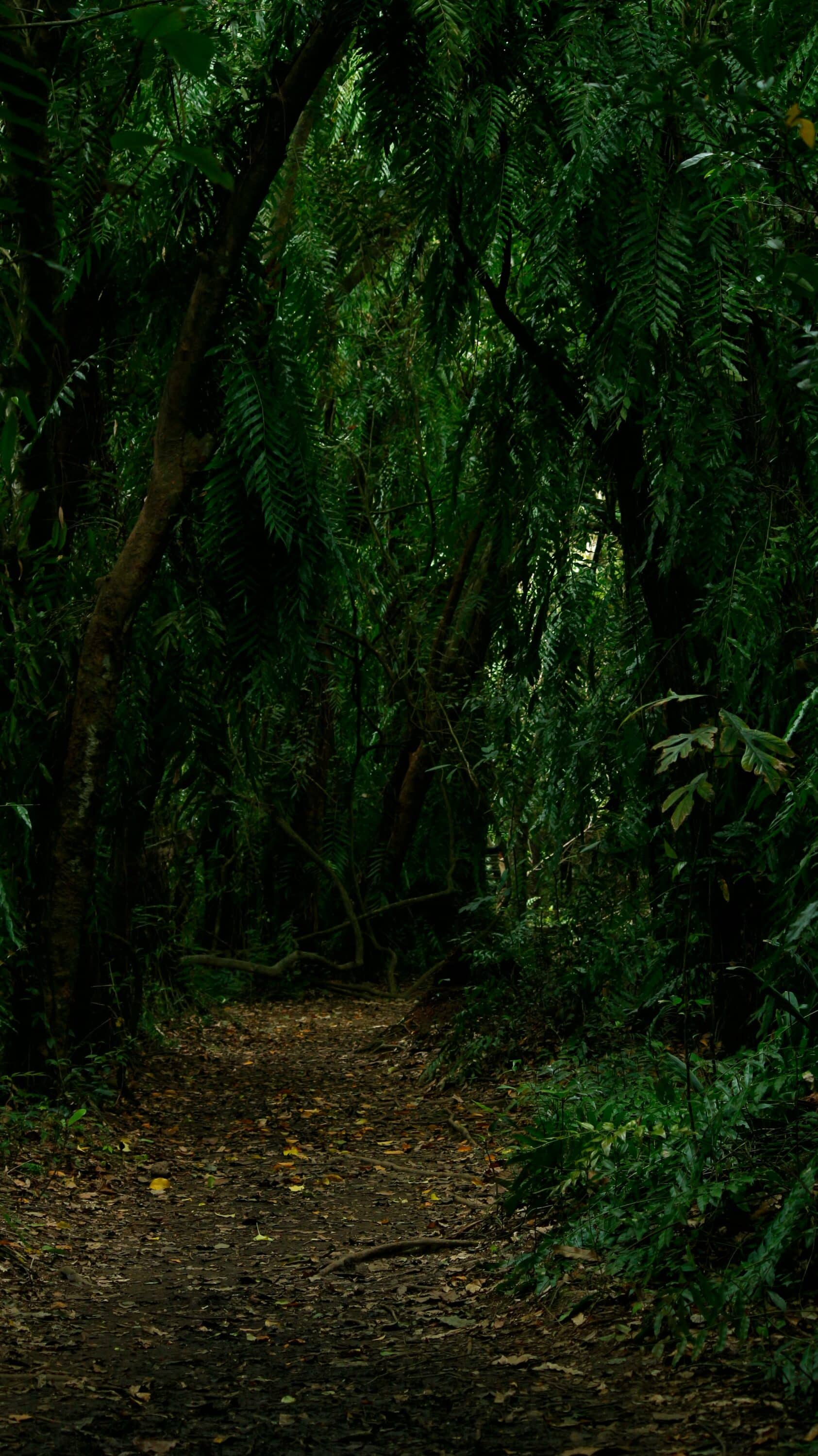
The Cycle of Life: Reproduction in the Rainforest
Reproduction in the rainforest is a vibrant and complex web of interactions, with plants employing a diverse array of strategies to ensure the continuation of their species. From dazzling flowers that attract pollinators to high-altitude dispersal mechanisms, the reproductive cycle of rainforest plants is a captivating marvel that underscores the intricate interdependence of life within these verdant ecosystems. As retirees and nature enthusiasts venture into the study of reproduction in the rainforest, they gain insight into the remarkable adaptations and ecological significance of these intricate processes.
One of the most striking features of rainforest reproduction is the myriad of strategies that plants have evolved to facilitate pollination and ensure the dispersal of their seeds. The bright and alluring blooms of rainforest flowers, adorned with vibrant colors and enticing fragrances, serve to attract a wide range of pollinators, including bees, butterflies, birds, and bats. This dynamic dance between plants and their pollinators creates a breathtaking display of natural beauty and ecological cooperation, highlighting the delicate balance and interdependence that characterizes the reproductive process in the rainforest.
Furthermore, the dispersal of seeds in the rainforest occurs through an assortment of mechanisms tailored to the unique conditions of the ecosystem. Some plants rely on fruit-eating animals to consume their fruits and disperse the seeds across the forest, while others have developed specialized adaptations, such as winged seeds or seeds encased in buoyant structures, to travel long distances and colonize new areas. Each method of seed dispersal represents a vital component of the rainforest’s reproductive cycle, contributing to the diversity and resilience of the forest’s vegetation. By delving into the cycle of life and reproduction in the rainforest, retirees and nature enthusiasts gain a deeper appreciation for the intricacies and ecological significance of these fundamental processes, inspiring a sense of wonder and admiration for the natural world.
Conservation Efforts: Protecting Rainforest Biodiversity
Conservation efforts geared towards protecting the rich biodiversity of rainforests have become increasingly vital in the face of mounting environmental threats. Rainforests, with their diverse plant species and unique ecosystems, are integral to the health of the planet and the well-being of countless species, including humans. As we approach retirement and seek opportunities to give back to the natural world, engaging in and supporting conservation initiatives aimed at safeguarding rainforest biodiversity is a crucial step towards preserving these invaluable natural treasures for future generations.
One of the key focal points of rainforest conservation is the protection of critical habitats and the fostering of sustainable land management practices. This includes establishing and expanding protected areas, implementing sustainable forestry practices, and promoting strategies that prevent deforestation and habitat destruction. These efforts serve to maintain the integrity of rainforest ecosystems, safeguard vital habitats for plant and animal species, and mitigate carbon emissions, thereby contributing to the global fight against climate change. By advocating and supporting initiatives that protect rainforest biodiversity, retirees and nature enthusiasts can play an instrumental role in nurturing the resilience and stability of these vital ecosystems.
Moreover, raising awareness and promoting education about rainforest conservation is pivotal in inspiring widespread support and action. This includes initiatives that highlight the ecological importance of rainforests, as well as programs that engage local communities and indigenous peoples in sustainable conservation practices. By fostering a deeper understanding of the value of rainforest biodiversity and the threats it faces, we can cultivate a sense of stewardship and responsibility that transcends generational and geographical boundaries. As retirees and nature enthusiasts, we have the opportunity to champion and participate in educational efforts that empower individuals to become advocates for the preservation of rainforest ecosystems, ultimately contributing to a more sustainable and biodiverse future for our planet.
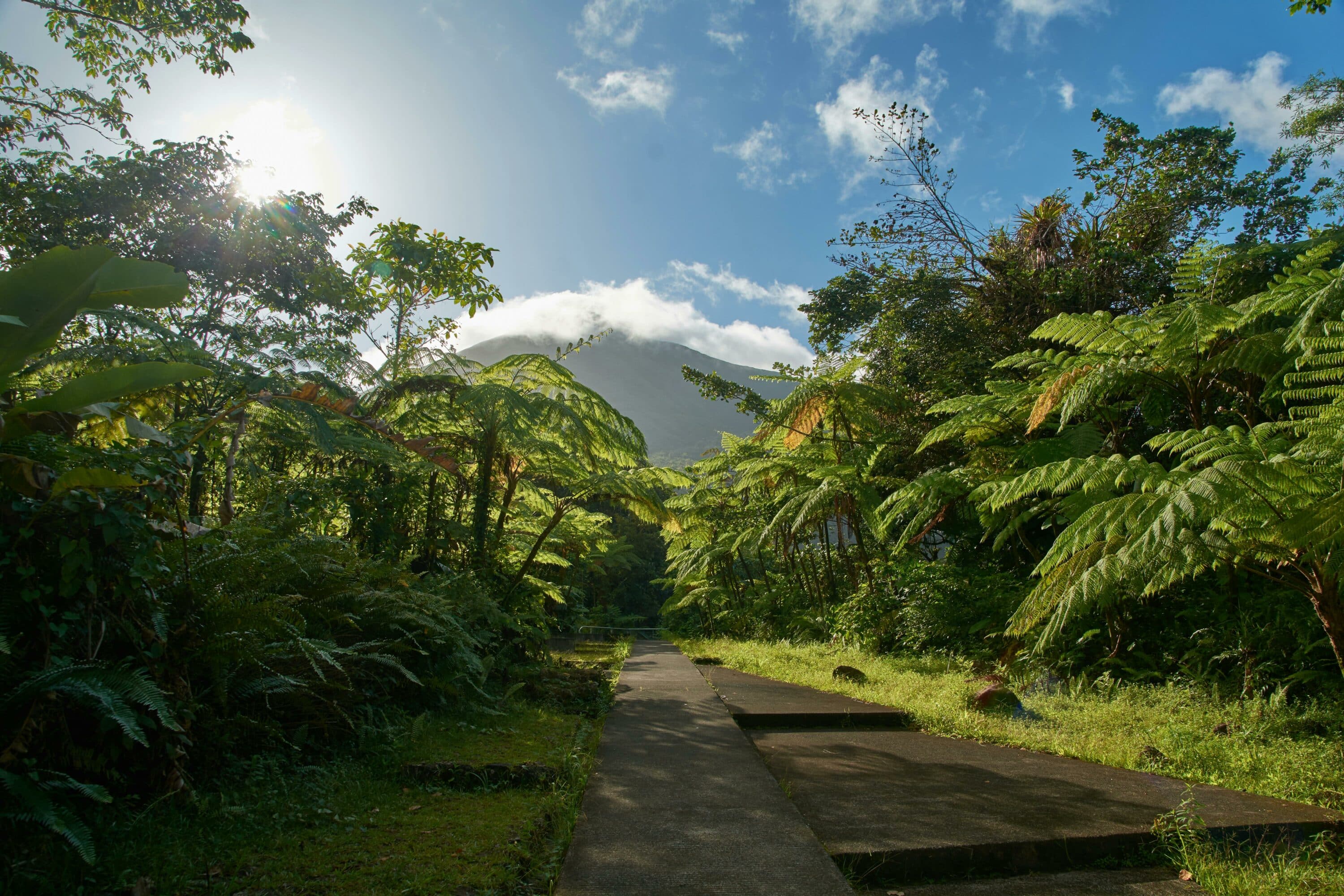
Cultivating Your Own Rainforest Oasis at Home
Creating a mini-rainforest oasis in your own backyard or home garden is an exciting and enriching endeavor, offering the opportunity to connect with the beauty and diversity of rainforest plants. By carefully selecting and cultivating rainforest-inspired species, you can recreate a slice of these lush ecosystems, all while supporting biodiversity and fostering a deeper appreciation for nature. For retirees and nature enthusiasts, cultivating a rainforest oasis at home opens the door to a world of horticultural discovery and ecological stewardship.
When deciding to cultivate a rainforest-inspired garden, it’s important to begin by selecting plant species that are well-suited to your local climate and growing conditions. Researching and acquiring native or non-invasive exotic species that thrive in similar environmental conditions to those found in rainforests can help create an authentic and sustainable rainforest oasis. From towering palms and ferns to vibrant orchids and bromeliads, the diverse range of rainforest flora offers a wealth of options for crafting a visually striking and biodiverse garden.
Furthermore, cultivating a rainforest-inspired oasis at home provides an opportunity to create a welcoming habitat for local wildlife, including birds, insects, and small mammals. Designing your garden with features such as water sources, nectar-rich flowers, and diverse foliage provides valuable resources for local fauna, fostering a harmonious and biodiverse ecosystem. By creating a space that mirrors the complex interdependencies found in natural rainforest habitats, retirees and nature enthusiasts can enjoy the vibrant sights and sounds of wildlife while contributing to the conservation and sustainability of local ecosystems.
Conclusion
As we conclude our journey through the fascinating world of rainforest plants, we are reminded of the profound impact these botanical treasures have on the planet’s biodiversity, human well-being, and ecological balance. From the towering giants of the canopy to the vibrant blooms of the forest floor, rainforest plants captivate with their beauty






